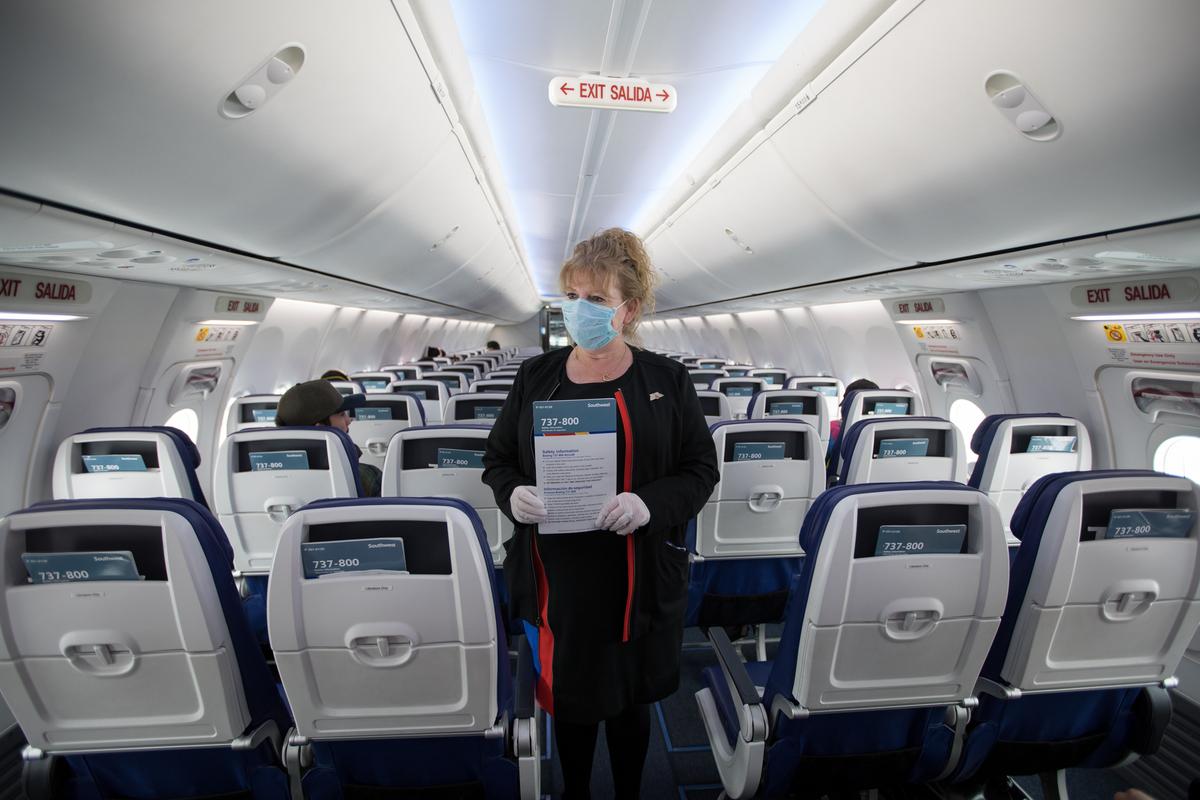Editorial: ICAO’s Hygiene Guidelines Illustrate Rock-And-Hard-Place Situation

ICAO has been roundly praised by the global aviation community for its “takeoff guidance,” published June 2 and setting out recommended practices for safe air travel while the pandemic continues.
Organizations that represent airlines, such as IATA, A4A in the US, AAPA in Asia-Pacific and ALTA in Latin America, support the guidance because it sets the template for a worldwide harmonized approach to hygienically safe travel. If governments everywhere adopt the guidelines, airlines, airports and passengers will know what to expect regardless of the airline or length of flight. This is better than a patchwork of different rules.
Airline labor organizations like ALPA also applaud the guidelines because they were drawn using scientific recommendations from health organizations and include protection recommendations for crews and aviation workers.
This all makes sense. And for once, ICAO has worked at a relatively rapid pace to create and publish the guidance, realizing that timing is critical if the industry has any chance of getting harmonized hygiene rules implemented before any meaningful pickup in air travel demand.
But a close look at the guidance underscores the dilemma the air transport industry faces. A key purpose of the guidance is to convince people—passengers and aviation workers—that flying is safe and their chance of being infected by the virus is minimal. But creators of the guidance also had to take into account the unique aspects of air travel—including spending hours inside a tube where distancing is not practical, and where “personal space” has literal value. A square foot of hotel room is far cheaper to acquire and maintain versus a square foot on an airliner. That’s why business- and premium-class seats are considerably more expensive than economy seats, and why most LCCs maximize the number of seats they can squeeze on a plane.
The ICAO guidance recognizes this and therefore recommends distancing of about 3 ft. in airports but not in aircraft, where it simply calls for “separated seating arrangements when occupancy allows it.” It’s a compromise supported by IATA, which points out that airlines—already financially ruined by the pandemic—cannot break even if they block off a third of their seats.
But for passengers, the idea that most concerns them is sitting elbow to elbow with a stranger, regardless of assurances about HEPA air filter systems, high-quality disinfectants, mandatory face coverings and other onboard measures.
From a passenger perspective, the guidance does not address the biggest concern about flying in 2020. Yet its multiple other recommendations—including suspending or minimizing food and beverage service, limiting access to lavatories, wearing masks at all times and limiting carry-on luggage to a small purse or briefcase—will be constant reminders of the virus’ dangers.
On top of that, passengers will likely have to allow at least another hour or two ahead of their flight on top of the time they previously were advised to allow, just to spend that time at the airport in (distanced) queues to be health screened and then in longer boarding lines. Restaurant service is likely to be minimal and lounges probably closed.
It adds up to a miserable journey. The guidelines are a good response to a crisis that will only truly be brought to heel when a vaccine is developed and made widely available. But their main purpose—to convince people it’s safe to fly until that time—is massively offset by the obvious discomforts they will inflict on an already stressed public.
That’s the Covid rock-and-hard-place dilemma for the airlines: Carefully considered, harmonized hygiene rules could dissuade the passenger as much as the fear of catching the virus.

Comments